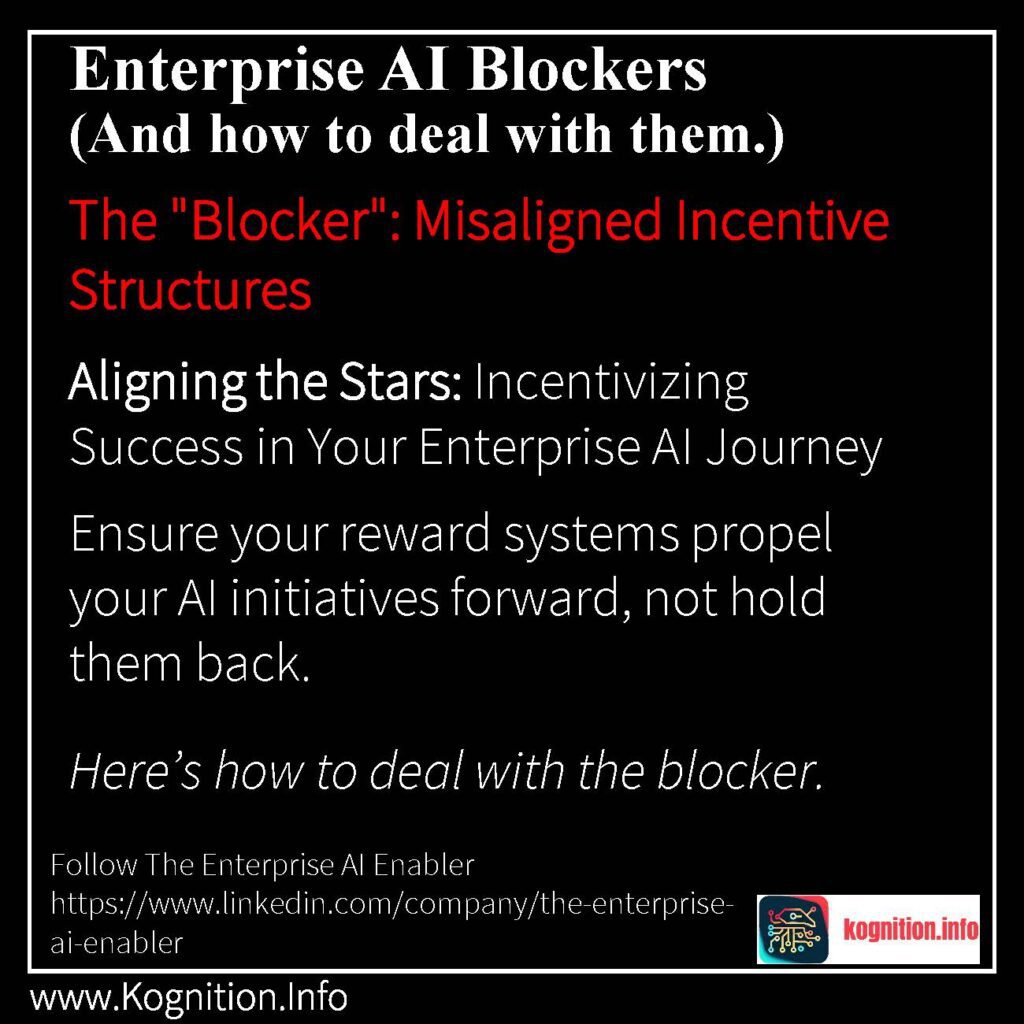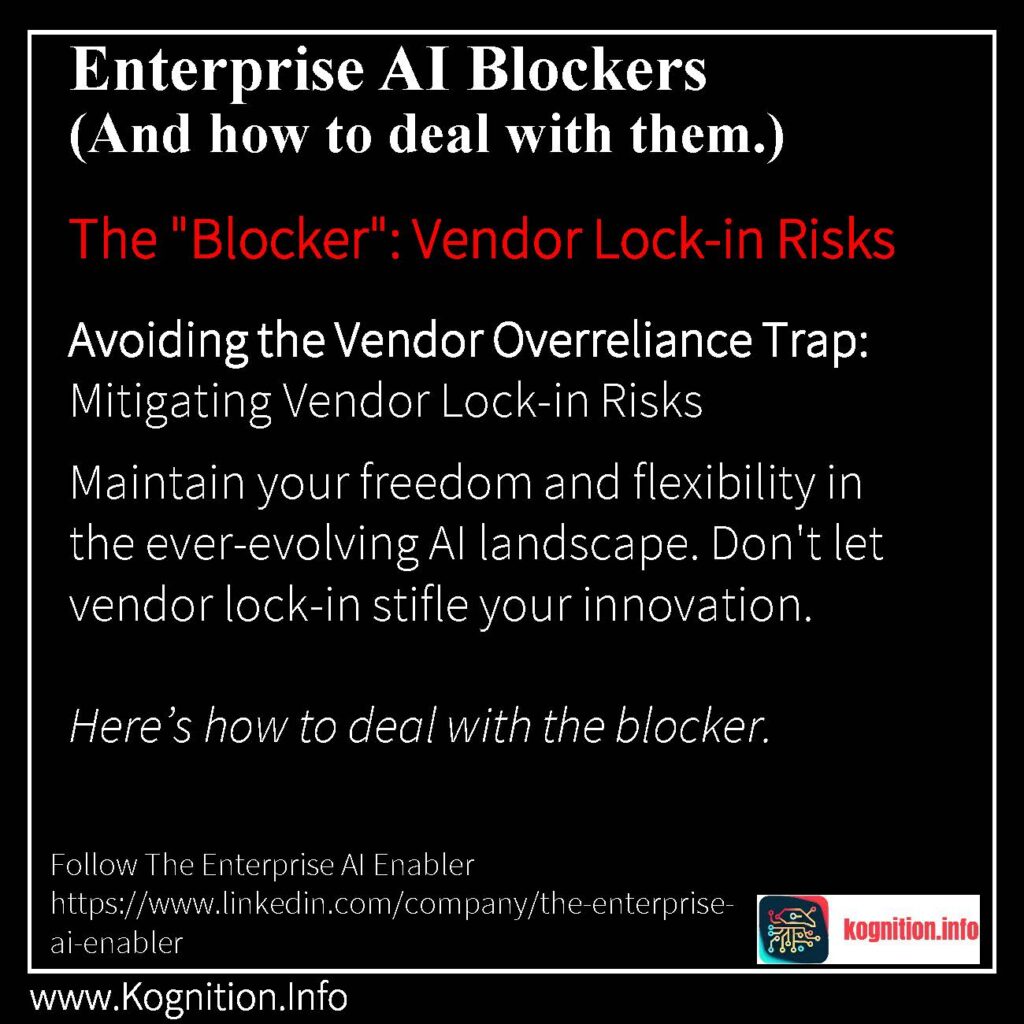Smooth Sailing to AI Success: Streamlining Your Model Deployment Pipeline Enterprise AI is a complex endeavor with several Blockers (or Rocks) impeding progress. Here’s one blocker and how to deal with it. Don’t let your AI models get stuck in the development phase. Build a robust deployment pipeline to accelerate your time to value. The…


